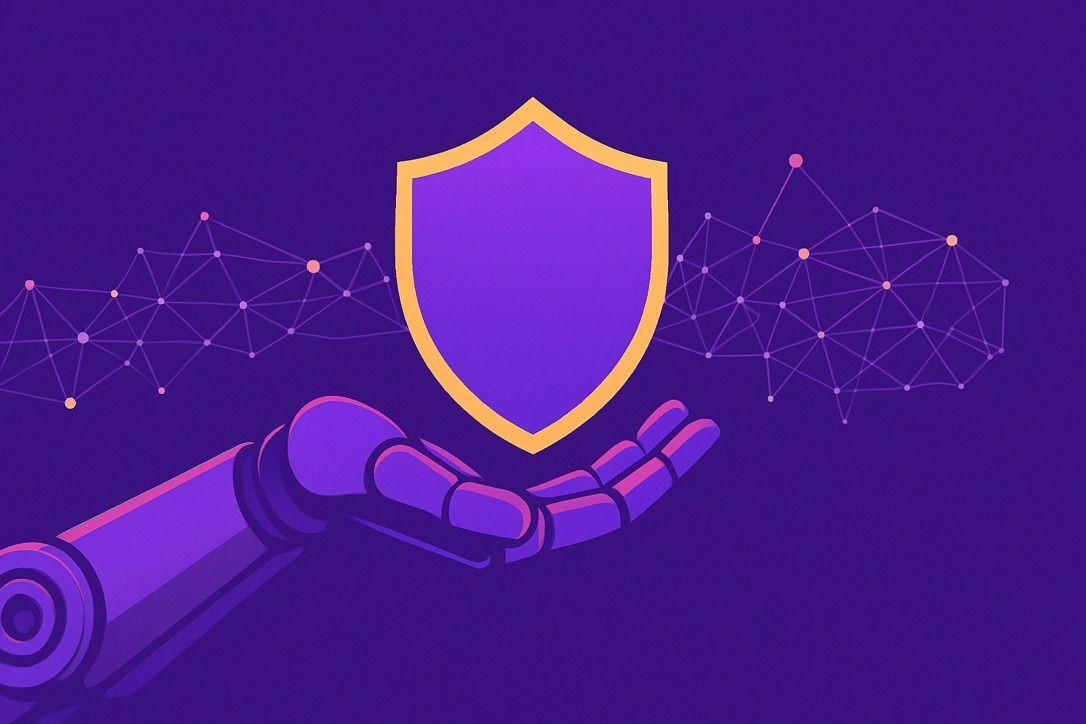- ai
- cybersecurity
How does artificial intelligence impact cyber security?
Feb 8, 2024
-
Damian Szewczyk
-
5 minutes

Artificial Intelligence (AI) has emerged as a formidable force in the realm of cybersecurity. Its power lies in its ability to process and analyze vast amounts of data at speeds incomparable to human capabilities. This enables AI systems to identify potential threats and vulnerabilities swiftly, often predicting and mitigating risks before they materialize. By leveraging AI, cybersecurity teams can enhance their defense mechanisms against increasingly sophisticated cyber attacks, ensuring a more robust and resilient digital infrastructure.
AI in cyber security refers to the integration of artificial intelligence technologies to protect digital systems and networks from cyber threats. This integration entails employing AI's advanced analytical capabilities to detect anomalies, improve security posture, automate threat responses, and enhance overall security protocols. AI's ability to learn and adapt makes it an invaluable asset in an ever-evolving cyber threat landscape, where traditional security measures alone may not suffice.
Machine learning (ML) plays a crucial role in cybersecurity, encompassing various aspects from data analysis to real-time threat detection and response. Here's an overview of how machine learning is used in cybersecurity:
Cybersecurity is paramount in today's digital age, where data breaches and cyber attacks can have devastating impacts on businesses and individuals alike. It safeguards sensitive data, protects the integrity of computing assets, and ensures continuity in digital operations. devopsbay, with its expertise in Python, Java/Scala, NodeJS, and Kubernetes, recognizes the critical importance of cybersecurity. They employ state-of-the-art security practices in their software development processes, ensuring that the software they develop is not only functional and efficient but also secure against cyber threats. You'll get the biggest benefits anyway from a combination of AI and, for example, NLP. Combining individual AI capabilities results in the best results.
How Does AI Help Prevent Cybersecurity Threats? AI is revolutionizing the way cybersecurity threats are managed. By utilizing machine learning and AI technologies, systems can detect and analyze patterns indicative of cyber attacks, including malware and phishing attempts. AI's strength lies in its ability to process vast datasets, identifying anomalies that might indicate a breach. This includes monitoring user behavior to spot deviations from normal patterns, which could signify a security threat. AI and machine learning tools are particularly adept at distinguishing between innocent code and malicious software, enhancing the detection capabilities of cybersecurity teams. Moreover, AI's ability to operate in real-time enables immediate response to identified threats, significantly reducing the window of opportunity for cyber criminals to exploit vulnerabilities. Through ML algorithms, AI evolves continuously, adapting to new methods employed by cybercriminals, thus maintaining an effective defense against evolving cyber threats.

Explore how AI transforms cybersecurity with intelligent threat detection, advanced tools, and smarter defense systems. Is your organization ready to keep up?

Did you know you can reduce business downtime with AI? See how tools from smart monitoring to predictive maintenance keep your business online.

From innovation to intrusion? AI’s use of data scraping is raising more than a few red flags for privacy and consent - find out where the line is being crossed.